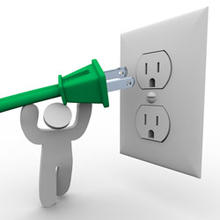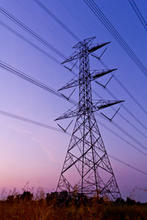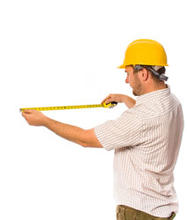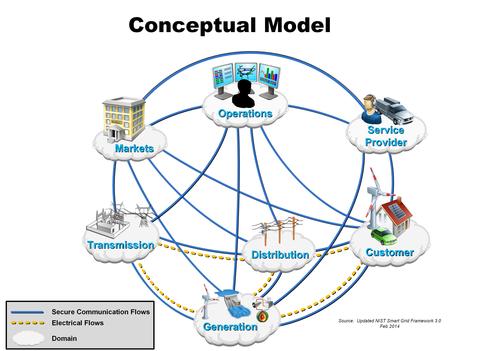Smart Grid: A Beginner's Guide
Who? | How? | What? | Why? | What? (A second "what") | When? | Where?

|

Who?Who will be affected by smart grid standards? Just about all of us will be affected by smart grid standards. The electrical grid of the 20th century—our existing grid—is essential to modern life, as we quickly discover when the power goes out. The electrical grid of the 21st century will be even more integrated into our daily lives. Among the many organizations involved in the standards coordination process are the following: utility companies; appliance and consumer electronics providers; consumers—residential, commercial, and industrial; renewable power producers; and state and local regulators. |

|
How?How are smart grid standards identified, developed, and coordinated? Under federal law (Energy Independence and Security Act of 2007), NIST has been given the key role of coordinating development of a framework for smart grid standards. NIST's National Coordinator for Smart Grid Interoperability launched a three-phase plan to jump-start development and promote widespread adoption of smart grid interoperability standards:
|

|
What?What is the Smart Grid? 
|

|

Why?Why do we need standards for the smart grid? Or here's an even more basic question: Why do we need standards? Human beings have long recognized the value of measurements and standards. From the very first civilizations, we've adopted many systems of measurement—for length (cubits, ells, inches, centimeters), distance (leagues, fathoms, miles, kilometers, light years), weight (grams, stones, pounds, tons), and calendars (Julian, Mayan, Chinese, Jewish). With each system of measurement, it became useful to develop standards. For example, the "Royal Egyptian Cubit," one of the earliest units for measuring length, was based on the specific length of the forearm of the Pharaoh or King ruling at that time. With each new leader, the actual length of a cubit would change. Finally, in 1120 AD, King Henry the First of England standardized the measurement of length by establishing the "Ell," which was equivalent to the length of his arm. We've become so used to accepting and using many standards that we don't realize how important they are. In today's world, standards encourage innovation and competition, promote international trade, and improve the quality of life. In addition to physical (measurement) standards, such as the examples listed above, there is also another type of standard known as a "documentary standard." A documentary standard is a written agreement containing technical specifications or other precise criteria that may contain rules, guidelines, or definitions of characteristics. Standards can specify product characteristics; establish accepted test methods and procedures; characterize materials; define processes and systems; or specify knowledge, training, and competencies for specific tasks. These types of standards ensure that materials, products, personnel qualifications, processes, and services:
To learn more about standards in general, visit:
|

|
What (A second "what")?What exactly are the smart grid standards? Hundreds and hundreds of standards will be required to ensure the building of an efficient and effective smart grid. (For comparison purposes, one of today's smartphones typically incorporates over 150 standards.) For the smart grid, we're still in the early stages of developing the framework for the standards and the lists of specific standards. Go to the Examples of Smart Grid Standards page for descriptions—both non-technical and technical—of some already-established, individual standards that are expected to enable the growth of the smart grid. 
Credit:
Source: NIST Framework and Roadmap for Smart Grid Interoperability Standards, Release 3.0
|

|
When?When do we need smart grid standards? 
For the smart grid, we're trying to put many of the key standards in place in less than five years. (For comparison purposes, the standards for the telecommunications industry were developed over a period of several decades.) |

|
Where?Where are standards developed? Within each industry, there are groups of experts who come together to discuss, develop, and update standards. These groups are called standards development organizations (SDOs) or standards-setting organizations (SSOs). For the smart grid, there are over 25 SDOs and SSOs involved in updating current standards and developing new standards. These include, for example, IEC, IEEE, IETF, ISO, ITU, NAESB, NEMA, SAE, and many more. |
Created July 17, 2012, Updated November 21, 2019

